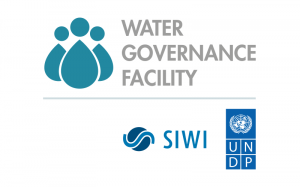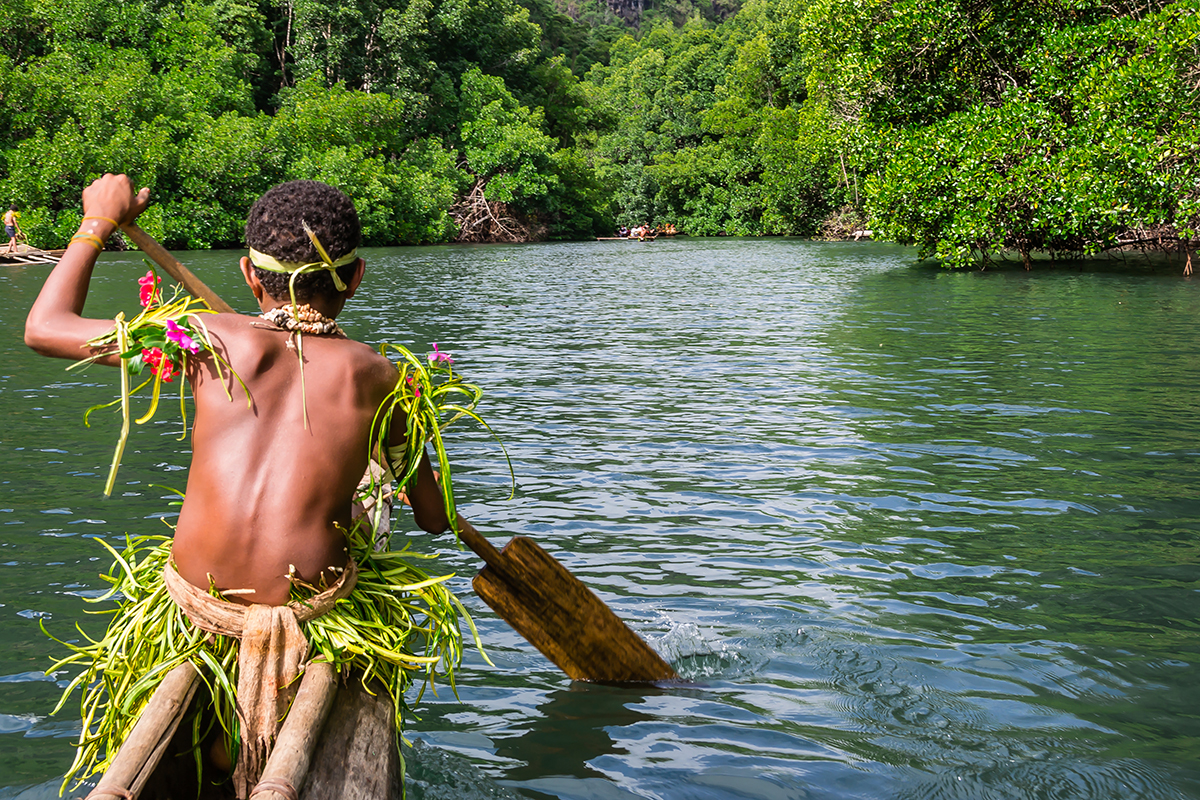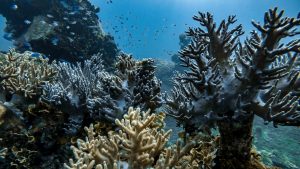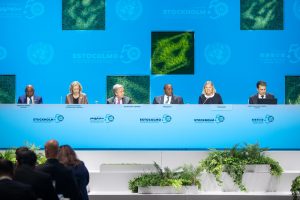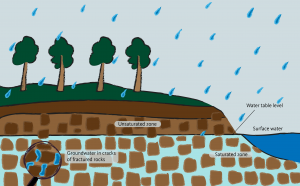Human rights, water resources, and governance for a healthy and sustainable environment
“The Human Rights Council adoption of resolution 48/13 is a breakthrough moment for environmental justice.”
An important, formal step has now also been taken at the international level. The United Nations Environment Programme (UNEP) calls the Human Rights Council adoption of resolution 48/13 “a breakthrough moment for environmental justice”, one which is important in the fight against the triple planetary crisis of climate change, nature and biodiversity loss, and pollution and waste.
The Council lays down that sustainable development, in its three dimensions (social, economic, and environmental), and the protection of the environment, including ecosystems, contribute to and promote human well-being and the enjoyment of human rights, for present and future generations. In other words, this right is essential for the full enjoyment of all human rights. This specifically includes the rights to:
- life,
- the enjoyment of the highest attainable standard of physical and mental health,
- an adequate standard of living,
- adequate food,
- housing,
- safe drinking water and sanitation (HRWS).
The environment, water resources, and the upstream/downstream perspective
The expansion of the international human rights allows for a wider consideration of water resources, beyond the attributes defined for the HRWS, which apply solely to the personal and domestic sphere. It enables a systems thinking – regarding the connected whole of nature rather than its separate parts – and emphasizes how water resources interact with other systems.
We may think of the rights to safe drinking water, sanitation, and hygiene (WASH) mainly as ‘services’ provided by utilities, municipalities, and other actors involved in realizing these entitlements. However, more than our human-made institutions, our planet’s natural resources are the foundation for these duty-bearers to fulfil their roles, and for communities and households to self-supply wherever drinking water and sanitation services are inadequate or non-existent. Without the hydrological cycle, healthy freshwater ecosystems, and a systems understanding of water in the landscape, access to water supplies cannot be secured in the long term. Moreover, without freshwater biodiversity, many ecosystem services are jeopardized. This, in turn, threatens many living species on Earth, including humans.
Water pollution and diminution of water resources may not only interfere with the enjoyment of a healthy environment (HRHE), it may also have negative implications, both direct and indirect, for the effective enjoyment of other human rights. For instance, when pastoralists risk losing their livestock because of droughts that are exacerbated by climate change, efforts are needed for protection of the resource base, alongside conservation measures for other uses and sectors of society.
Different types of water resources
-
- Surface water is found in rivers, lakes, ponds, and streams.
- Groundwater is found below the ground surface in interconnected pores, cracks and fractures.
- Soil moisture (also called green water), is evaporation and precipitation over land, and used by plants via transpiration.
Unconventional water resources include
- Recycled wastewater
- Desalinated sea water
- Groundwater in deep aquifers, ‘fossil’ groundwater, and offshore aquifers
- Rainwater (from ‘harvesting’ and cloud seeding)
- Fog water harvesting
- Soil-water returns (from irrigation and agriculture drainage water)
Learn more about unconventional water resources on the UN Water website
Extraterritorial scope of the rights and obligations
Activities affecting or contributing to water pollution, scarcity, and floods often take place upstream or elsewhere from where the impacts are felt. This makes it challenging to identify cause-and-effect relations and establish accountability. Determining who the duty-bearers are may be difficult when water flows (or does not flow as it should) across country boundaries. From a strictly legal viewpoint, the economic, social, and cultural rights may not have extraterritorial reach as States’ obligations are constrained by national borders.
Clearly, though, many environmental problems involve transboundary harm, felt in neighbouring countries and negatively affecting the rights of those countries’ residents. Without the existence of extraterritorial obligations, human rights “cannot assume their proper role as the legal basis for regulating globalization and ensuring universal protection of all people and groups”, says the Center for International Environmental Law. The Maastricht Principles on Extraterritorial Obligations of States in the area of Economic, Social and Cultural Rights, adopted by a group of experts in the field, underscore the obligation of States to avoid causing harm by acts or omissions. Under the authoritative interpretation of the right to drinking water, General Comment 15, States Parties are “to refrain from actions that interfere, directly or indirectly, with the enjoyment of the right to water in other countries”. This translates into an obligation to avoid contamination of watercourses in other jurisdictions and to regulate non-State actors (companies) accordingly.
In 2013, John Knox concluded that “[a]lthough work remains to be done to clarify the content of extraterritorial human rights obligations pertaining to the environment, the lack of complete clarity should not obscure a basic point: States have an obligation of international cooperation with respect to human rights”. The UN Convention on the Law of the Sea, among others, stipulates that “States shall co-operate on a global basis and, as appropriate, on a regional basis […] for the protection and preservation of the marine environment.” Exactly what this duty of cooperation consists of with respect to the R2HE is, however, also not yet clear.
“States have an obligation of international cooperation with respect to human rights.”
Water resources and climate change
The human right to a safe environment is closely linked to the effects of climate change, and water is most often the medium through which those effects are experienced. Flooding and other problems related to ‘too much water’ are linked to increasing levels of water vapour in the atmosphere. Whereas at the other end of the spectrum, the fighting of wildfires affects the quantity and quality of local water resources.
The impacts of climate change augment the competition of existing water resources for a variety of human needs (entitlements) including for health, livelihoods, and socioeconomic development. These challenges are often then exacerbated by the many intersectoral linkages between water and society. For instance, rising temperatures increase the demand for air-conditioning units, which in turn drives the demand for electricity. Hydropower generation is vulnerable to water scarcity—while hydroelectric dam reservoirs themselves can produce significant methane emissions. Thermal power generation also requires large quantities of water, primarily for cooling, which is also challenged by rising temperatures due to climate change. Even the production and processing of biomass for biofuel feed stock requires large amounts of water.
Climate change is also linked to enhanced groundwater recharge rates, but this is often due to more episodic recharge from heavy rains and unpredictable conditions from seasonal precipitation unpredictability and intensification.
Next steps
The UN General Assembly has also been invited to consider the right to a clean and sustainable environment, and may pass a similar resolution within the next year. Following the adoption of Resolution 48/13 the responsibility now lies on governments to take action by enacting and enforcing stronger environmental laws, and to realize this right to ensure that our environment is safe, clean, healthy, and sustainable. Whilst the resolution is not legally binding, any government failing to take such steps may end up in a litigation case, such as those seen on the climate change scene.
The Human Rights Council also voted to institute a new UN Special Rapporteur on Human Rights and Climate Change, tasked to promote, among other things, the human right-based approach to adaptation and mitigation measures.
This blogpost is part of a series that looks at human rights, water resources, and governance for a healthy and sustainable environment.
This is the first post. The next outlines the legal nitty-gritty behind the construction of a new human right.
This blogpost is part of
